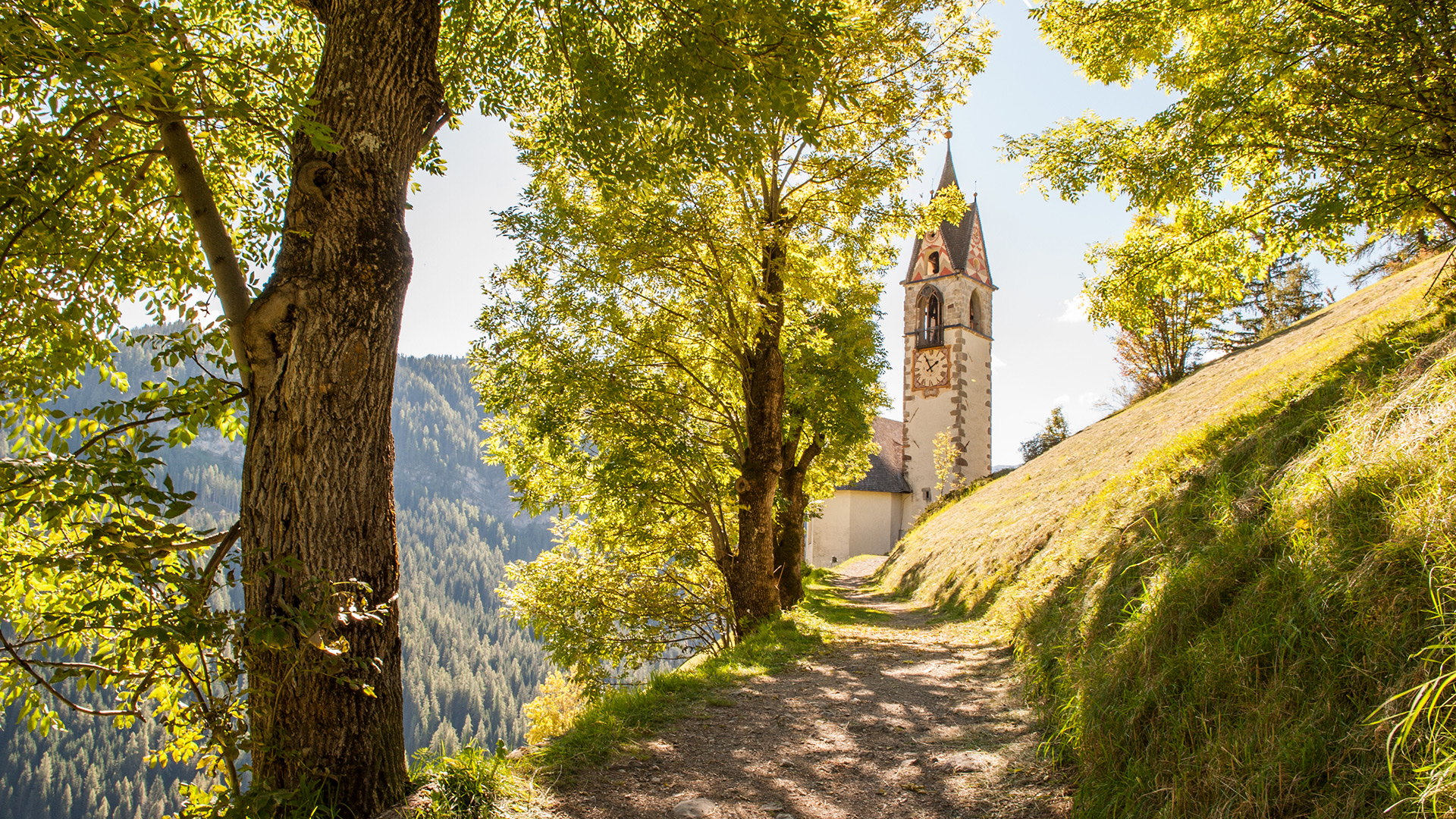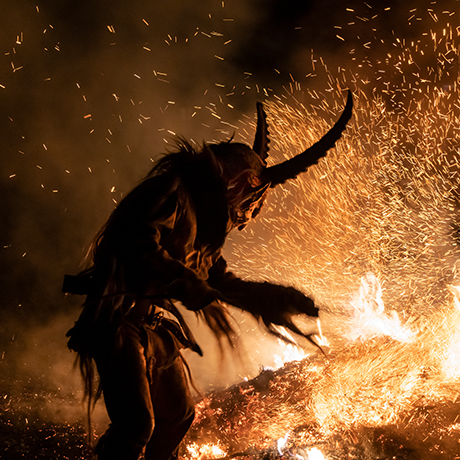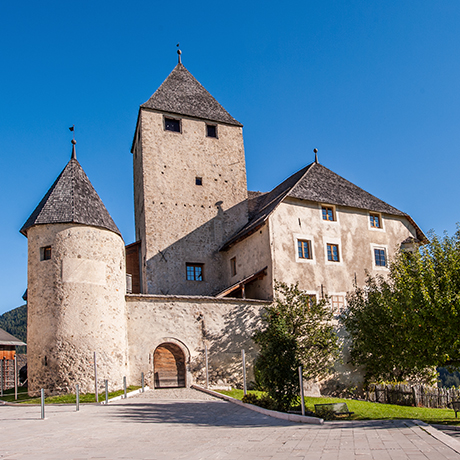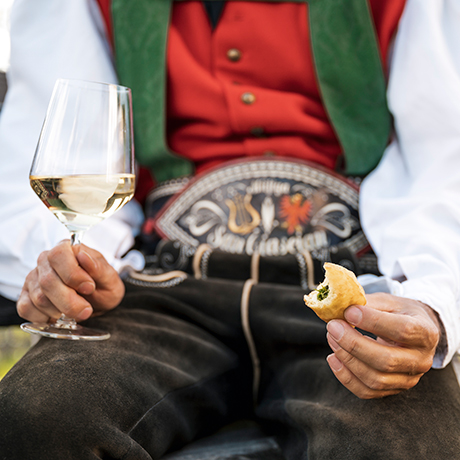What to see in Alta Badia:
our tips
There are many things to see and do in Alta Badia. In this valley you can rediscover history, experience Ladin culture and explore unspoilt nature.
Here are some of our tips on how to make the most of your holiday in Alta Badia.
Lagazuoi and its galleries:
scenery of the First World War
During the First World War, the front line ran through the Dolomites and the Lagazuoi preserves numerous testimonies of that time. The area reaches an altitude of 2,800 metres and bears traces of the battles between Italian and Austrian troops.
This extraordinary ‘open-air museum’ can be reached via signposted paths from the Falzarego and Valparola passes. Alternatively, you can take the Falzarego-Lagazuoi cable car, which will take you to the summit in just a few minutes.
Inside the mountain there are kilometres of tunnels that have been completely restored and made passable thanks to safety ropes and steps. You will therefore be able to admire trenches and war posts and witness a historical re-enactment.
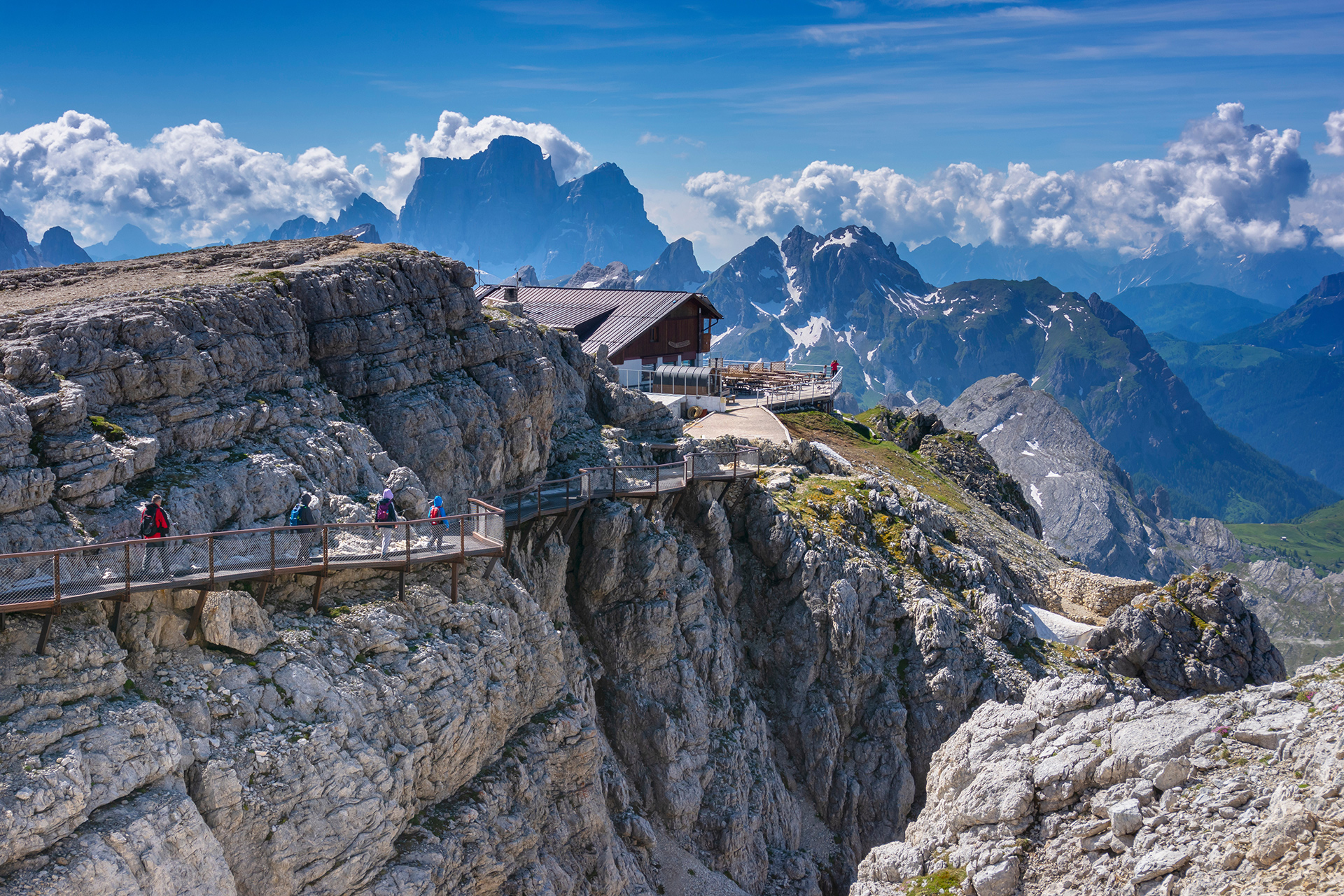
The Deer Park of
Paraciora - Sompunt
Between La Villa and Pedraces, you can visit the Paraciora - Sompunt deer park. Over 7 hectares of meadows and woods where roe deer and stags live in complete freedom await you.
The path is marked by arrows and information boards that will help you discover the park's flora and fauna. A playground and an area dedicated to donkeys, ponies, goats and sheep await young travellers.
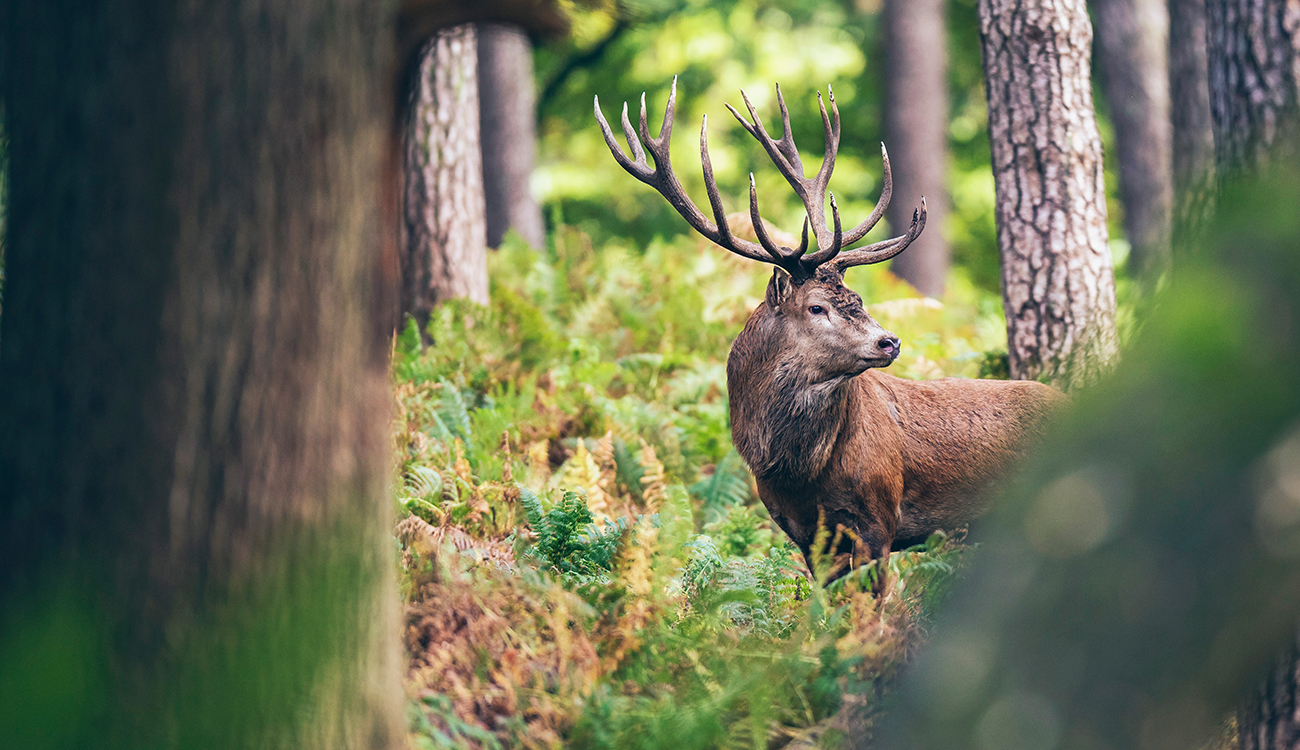
The Ursus Spelaeus:
the king of the Dolomites
The cave bear, nicknamed the King of the Dolomites, weighed around 500kg and was the largest inhabitant of the area.
In 1987, Will Costamoling made an extraordinary discovery: he entered a cave in the Conturines and found the prehistoric remains of the Speleo bear.
This finding was of particular importance to many scholars, as it showed that the various glaciation periods in the Alps followed each other at shorter intervals than previously.
The cave bear therefore colonised the Dolomite regions in the temperate climatic periods between one glaciation and another.
